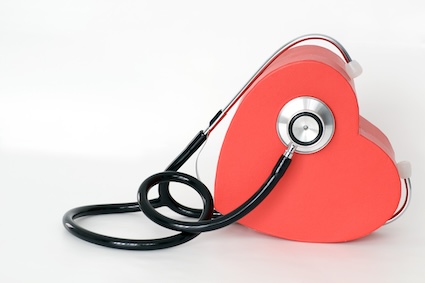Different types of heart attacks from various causes may have similar immediate medical responses, but the treatments vary. Dr. Howard LeWine of Harvard Medical School explains.
Question: I thought heart attacks are caused by sudden complete blockage in a heart artery. But my father’s happened because his blood pressure suddenly got too low. Are there different types of heart attacks?
Answer: Yes, there are different types of heart attacks. Most often the underlying problem is the same. One or more of the coronary arteries (the vessels that supply blood to the heart) have some or often a lot of fatty plaque buildup. During a heart attack, not enough oxygen-rich blood or none at all gets delivered to an area of the heart.
There are two different mechanisms that cause this compromised blood flow. Doctors define them as type 1 and type 2 heart attacks. The distinction is important because the various types of heart attacks may be treated differently.

Type 1 heart attacks. With a type 1 heart attack, the cap over a plaque deposit ruptures and releases chemicals that trigger the formation of a blood clot. The clot blocks the artery, interfering with blood flow to part of the heart.
Type 2 heart attacks. A type 2 heart attack does not involve a ruptured plaque. Instead, it happens when there is a mismatch between the amount of blood a portion of the heart muscle needs and the blood supply in the coronary artery feeding that area of the heart.
The trigger for a type 2 heart attack can be a condition that puts extra stress on the heart, like the flu or pneumonia, an abnormal heart rhythm resulting in an accelerated heart rate, or a sudden drop in blood pressure.
With any concern for a heart attack, the doctor will immediately order an electrocardiogram (ECG) and a blood test to measure levels of troponin, a protein in heart muscle cells that spills into the bloodstream when any type of heart damage occurs.
Related: Tips for Reducing Heart Attack and Stroke Risk
Doctors look for high troponin levels and certain changes in the electrical pattern on the ECG to make a diagnosis. Both tests are used because either one can be normal or show only minimal changes in the earliest stage of a heart attack.
In fact, even with normal ECG and troponin results, emergency department doctors will begin immediate treatment if your symptoms are highly suggestive of a heart attack, especially if you have multiple heart risk factors.
If you’re diagnosed with a likely type 1 heart attack, the doctor will probably send you to the cardiac catheterization lab for angioplasty and stent placement to restore blood flow to the injured heart muscle and minimize permanent damage.
For a type 2 diagnosis, the goal is to improve the balance between blood supply and demand. It’s important to address any medical problem that stresses the heart, such as an infection, an abnormally fast heart rhythm, or low blood pressure.
Howard LeWine, M.D., is an internist at Brigham and Women’s Hospital in Boston and assistant professor at Harvard Medical School. For additional consumer health information, please visit www.health.harvard.edu.
©2025 Harvard University. For terms of use, please see https://www.health.harvard.edu/terms-of-use. Distributed by Tribune Content Agency, LLC.
Read more about health and heart attacks on Seniors Guide:
Cardiac Arrest and Heart Attacks: Who is At Risk?
